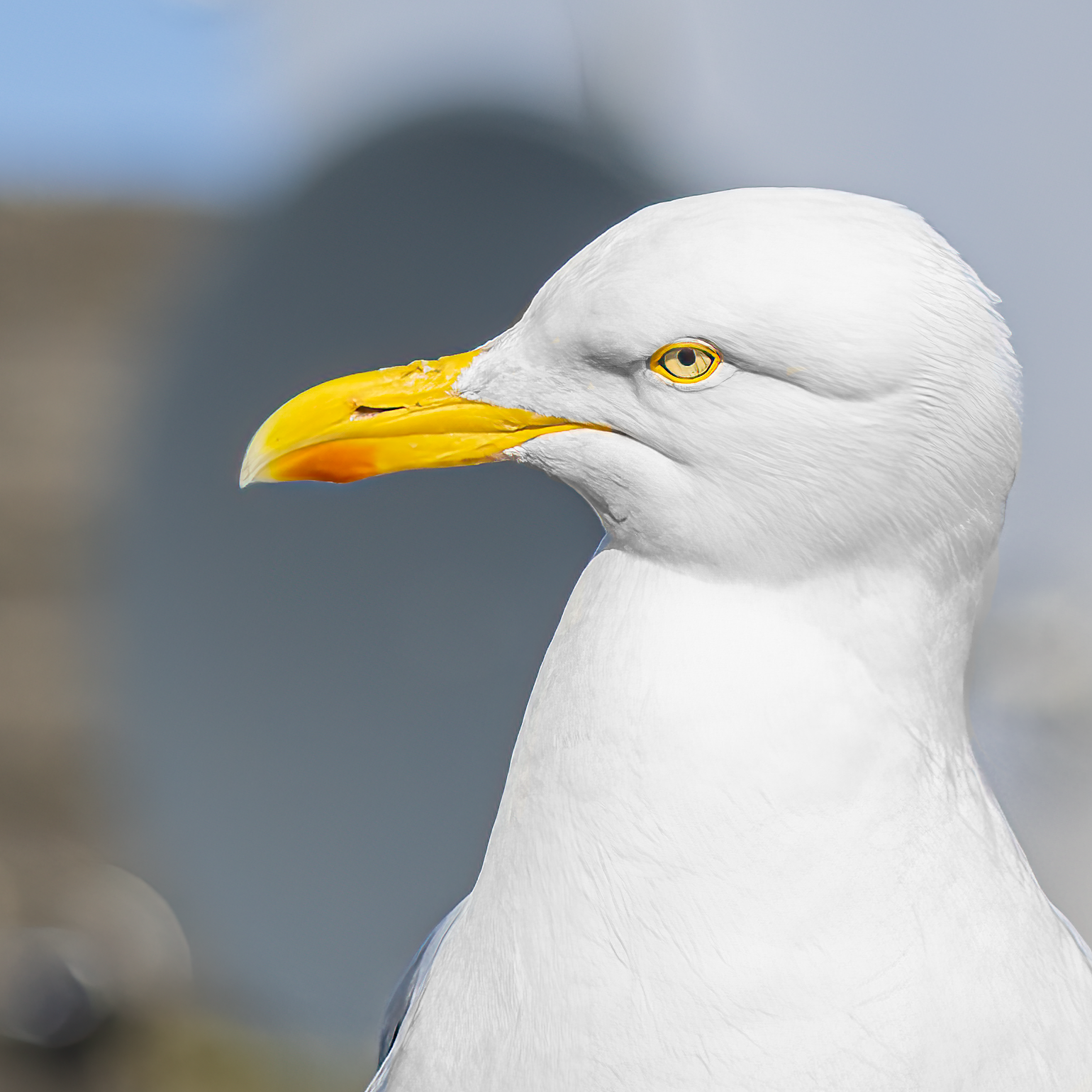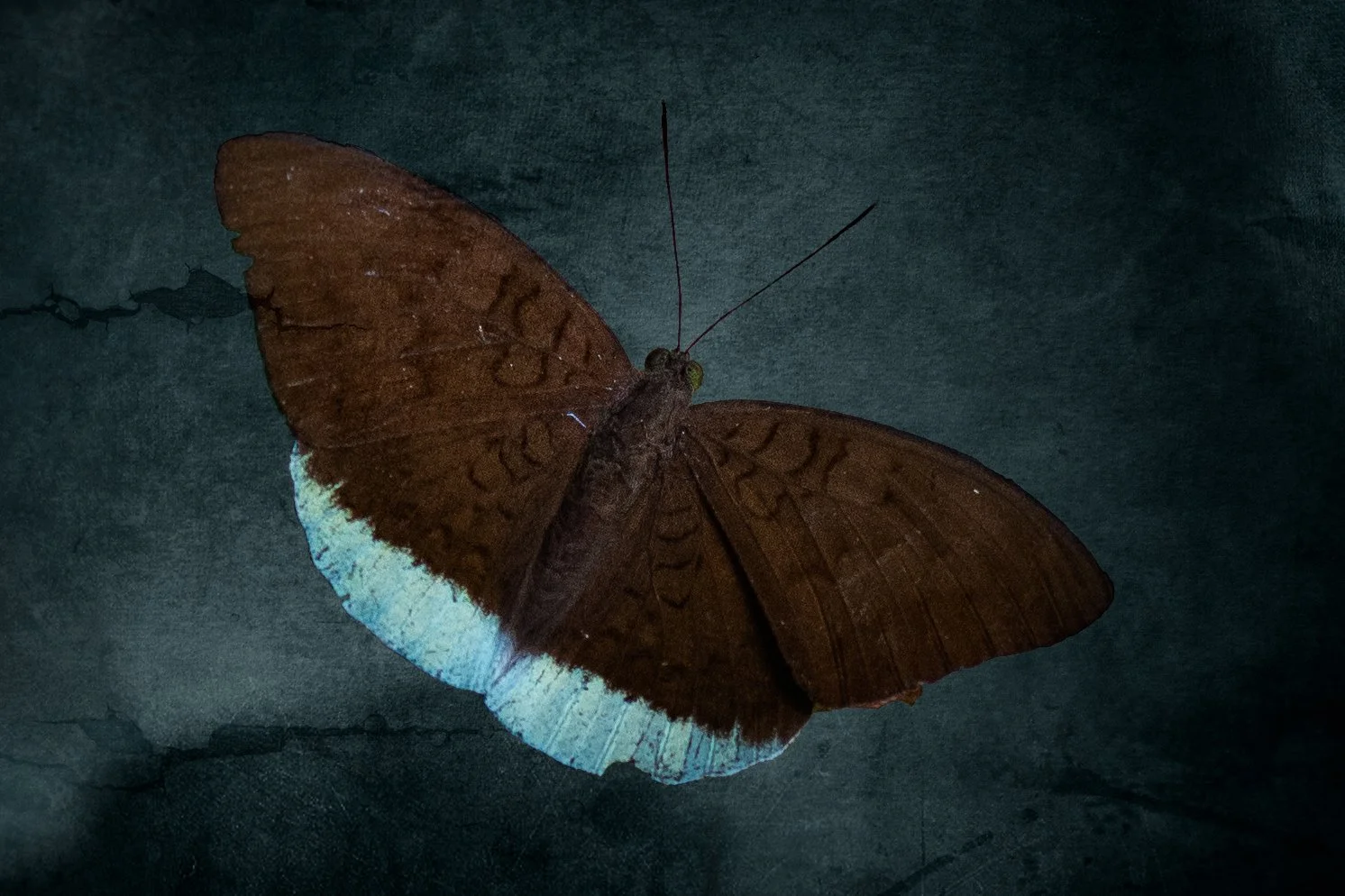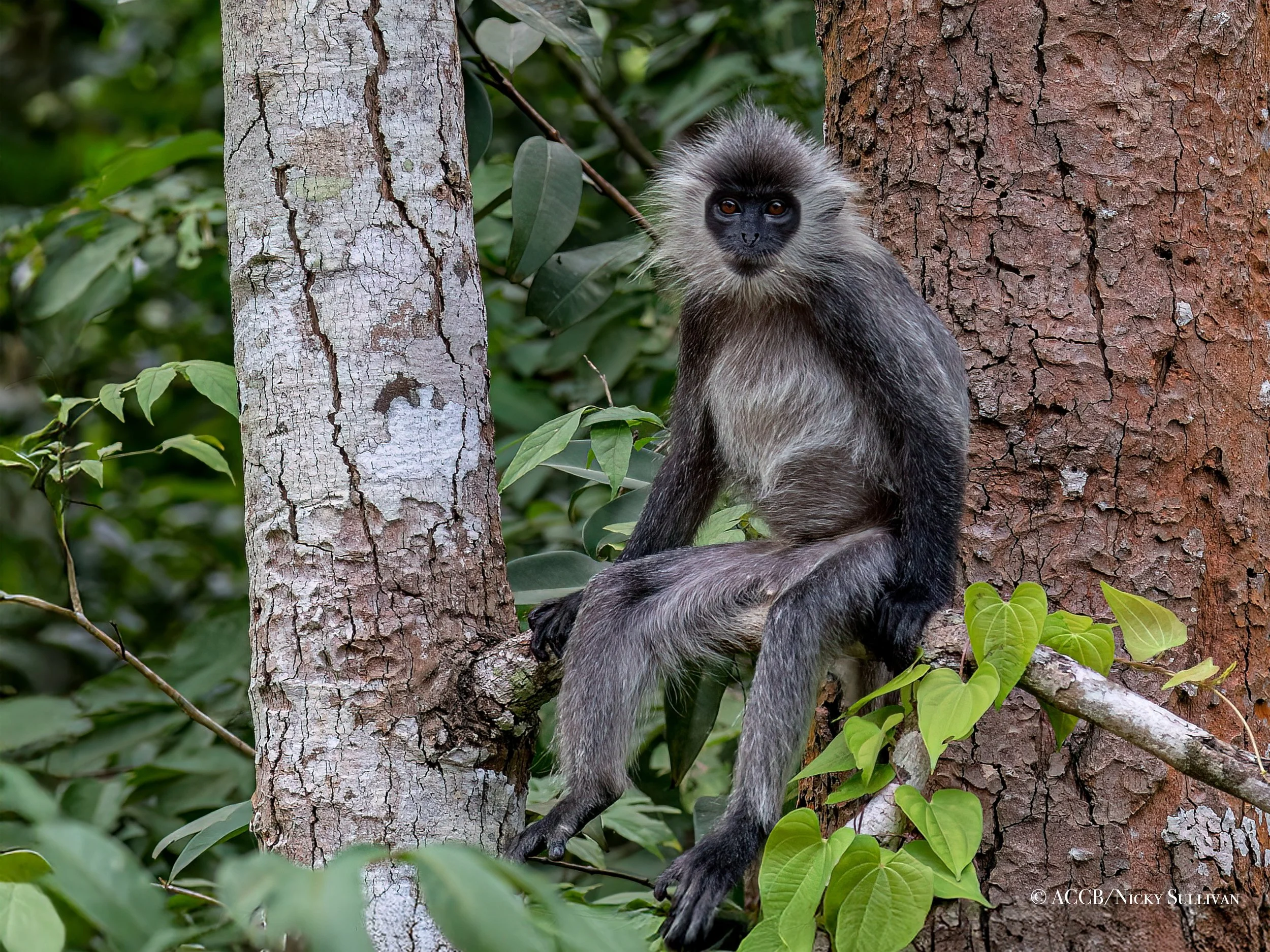Wildlife
Again, I’m not a wildlife photographer, though I’d love to be one day, but was fortunate to snap these in the moment.
-
![A seagull cocks his head looking to the side.]()
This is Fred. For more than five years, Fred came to my mother's back garden every single day, demanding food. He would shout at her or tap on the window if she didn't get moving fast enough. After a while, her cat and dog didn't even bother reacting to him anymore. He was so smart, and understood that when I tilted my head in a certain direction, that was the direction I wanted him to move towards. Sometimes, he brought his wife, Wilma.
-
![Bullfinch]()
A rather noble looking bullfinch feasting in my grandmother's garden, which was a haven for dozens of birds every day of the year.
-
![Marsht tit]()
This little ball of fluff is a marsh tit sitting on a peach tree branch in early spring. Photographing birds is hard. Really hard.
-
![Blackbird on a black background]()
Blackbird in Marrakesh, Morocco.
-
![Horsfield's Baron Butterfly on a deep blue background]()
Horsfield's baron butterfly in Cambodia.
-
![Painted bronzeback snake in Siem Reap, Cambodia.]()
A beautiful painted bronzeback I had to chase around the garden in Siem Reap in order to capture this. I'm not sure he was impressed.
-
![Painted bronzeback Snake.]()
Same guy.
-
![Oriental garden lizard]()
This gorgeous oriental garden lizard, a.k.a. changeable lizard, appeared on my balcony one morning. Didn't stop for a cuppa though.
-
![Pellucid hawk moth.]()
A pellucid hawk moth on a butterfly bush near Monein in the Béarn.
-
![Coypu in France.]()
I spotted this little guy, a coypu or beaver rat, at the side of a decidedly rank looking stream. They're usually pretty shy, but he didn't seem bothered at all by my presence. They're an invasive species and, like most rats, pretty vicious when cornered despite how cute he looks here.
-
![Northern golden orb spider.]()
And this is why you make someone else walk in front when you're walking through forests in Asia. The giant golden orb weaver likes to string her, very large, webs across paths.
-
![Giant golden orb spider in her web]()
Cos everyone loves spiders, right? If you look closely, you can see her mate (hasn't been kicked off yet) sitting on her head, probably the safest place for him at the moment. Female giant orb spiders don't always eat their mates, but they do have other ways of terrorising them.
-
![Blue carpenter bee]()
A blue carpenter bee hones in on a cluster of blue trumpet vine flowers. I took about 300 photos just to get this one.
-
![Sarus crane]()
A sarus crane at the Angkor Centre for Conservation of Biodiversity, about 45km out of Siem Reap city. The tallest flying birds in the world, sarus cranes were once widely distributed across South and Southeast Asia. But, as ever, poaching, agriculture and development have seen its numbers decimated in Southeast Asia, and it is now classified as vulnerable on the IUCN Red List and its numbers continue to decrease notwithstanding the efforts of numerous organisations and agencies to support their populations.This one here would have been rescued from injury, poaching or trafficking before being brought to the ACCB. The Centre works tirelessly to rehabilitate and release those animals brought into its care, and provides a permanent home to those that are beyond recovery. If you do go to Siem Reap, it is an essential destination for your trip.
-
![Silvered langur]()
An Indochinese silvered langur at the Angkor Centre for Conservation of Biodiversity in Siem Reap. These primates, who manage to look cheeky and elegant all at once, are listed as endangered on the IUCN Red List. A 2022 wildlife census found 3,000 silver langurs in Cambodia's forested northeastern corner, a likely improvement on former numbers and thanks to the efforts of conservationists, but they still face growing threats to their habitat and are also hunted for their meat and perceived medical uses.














